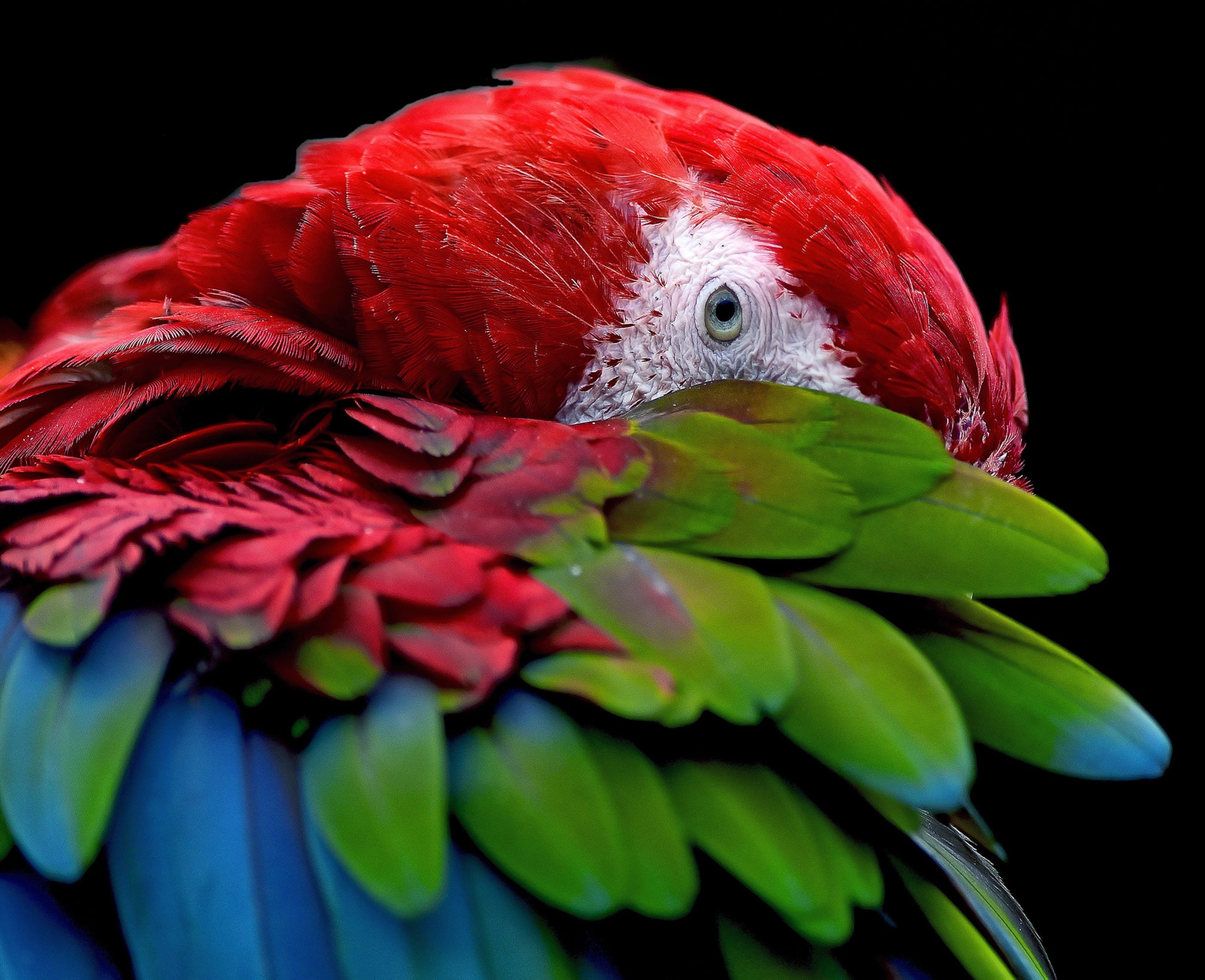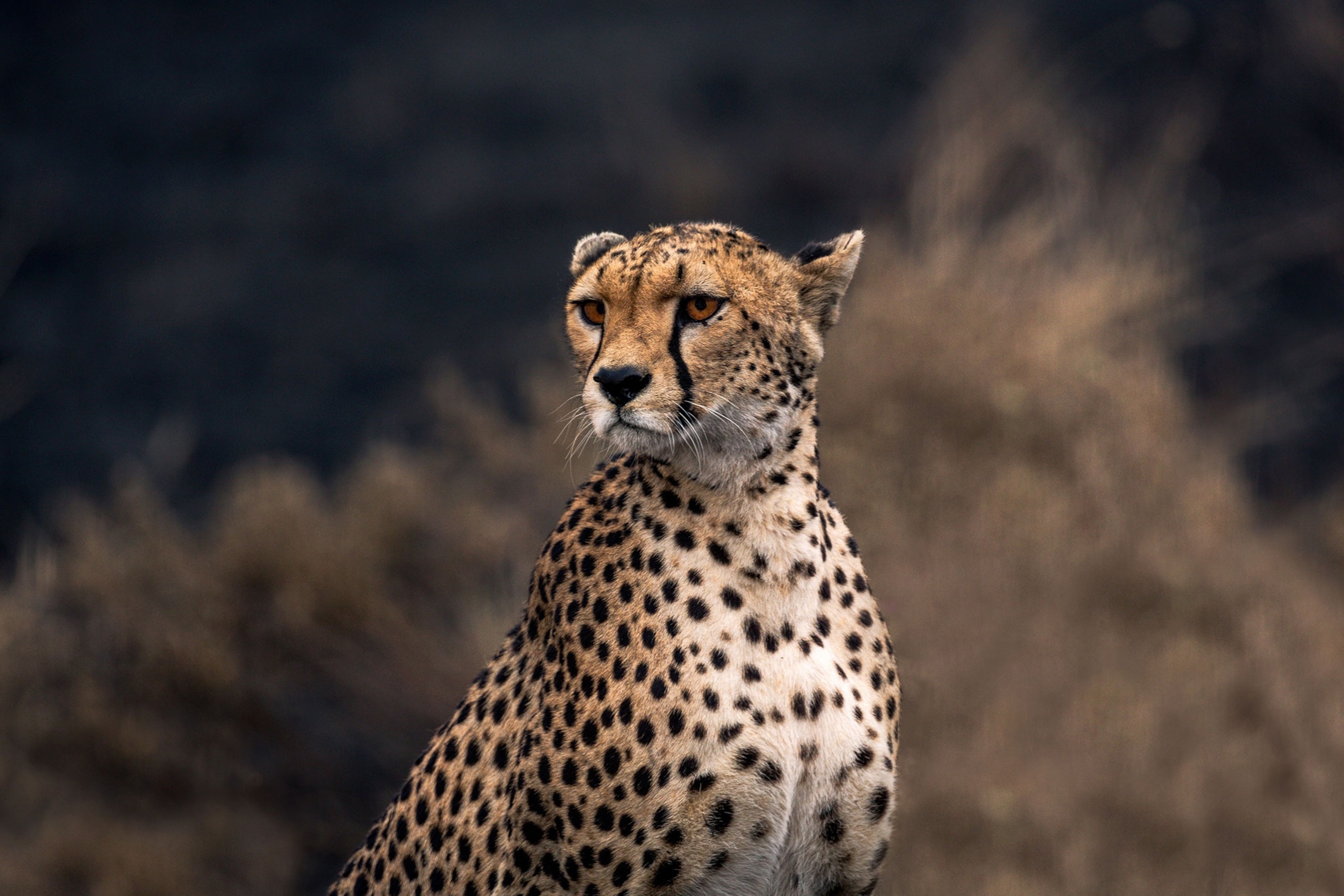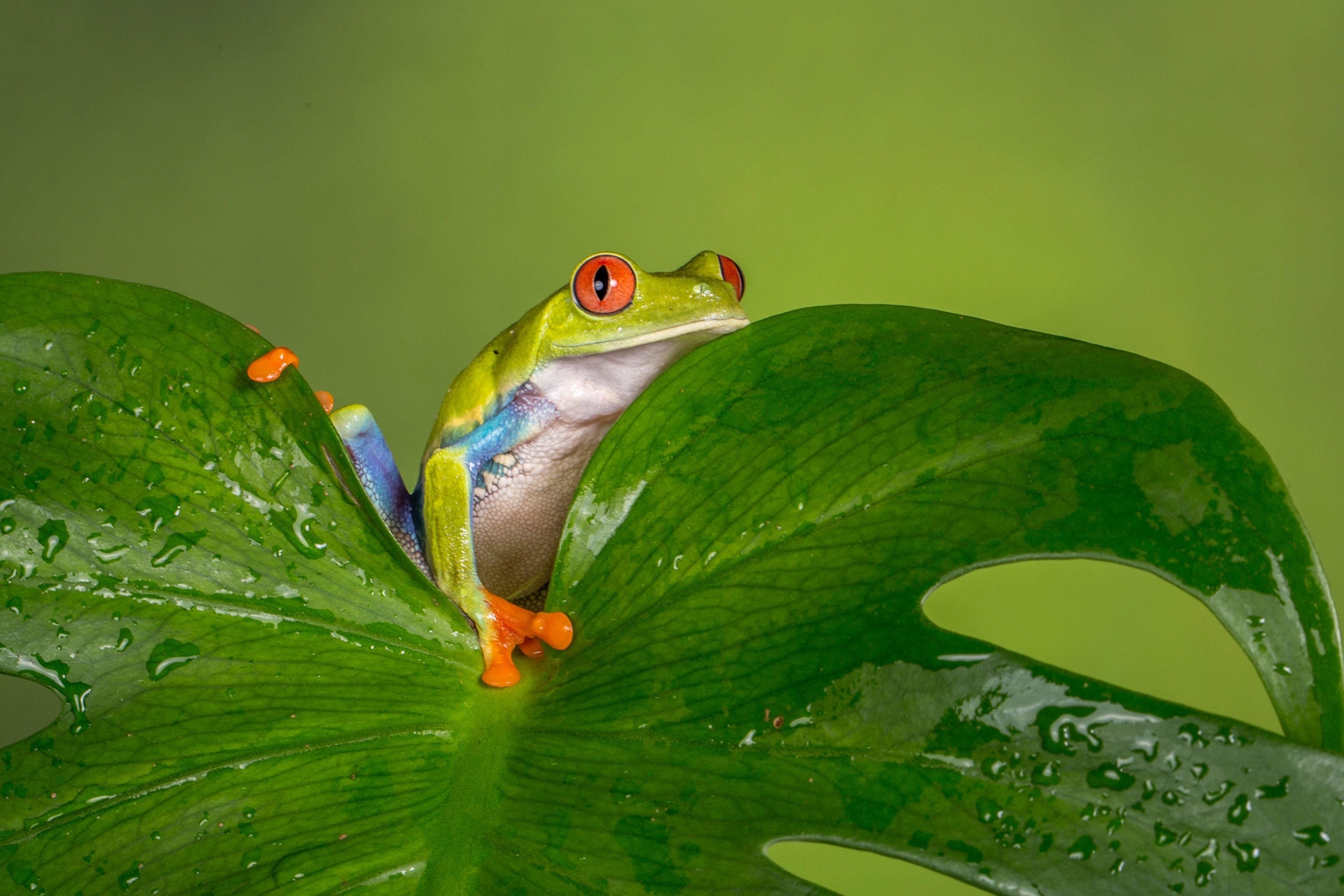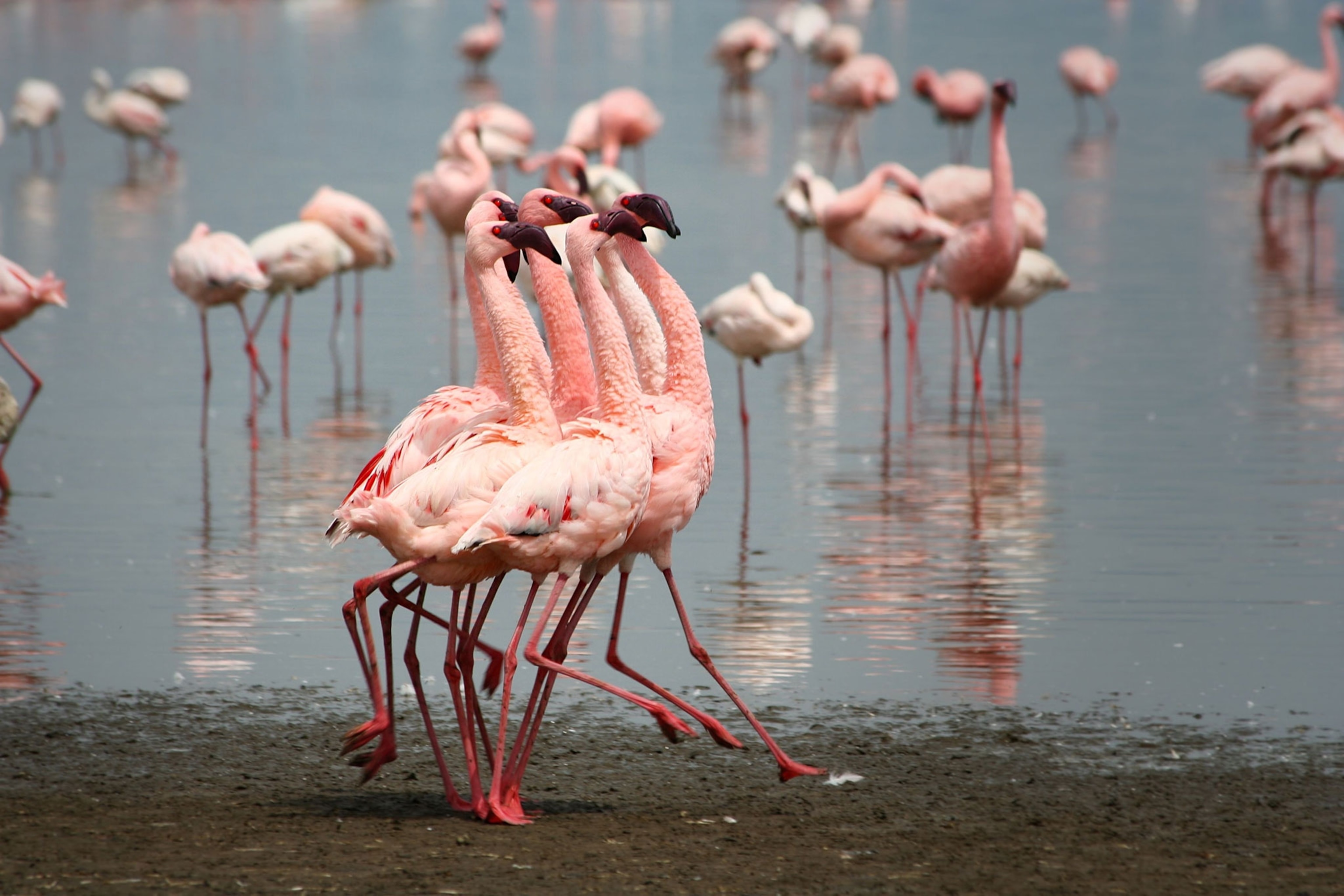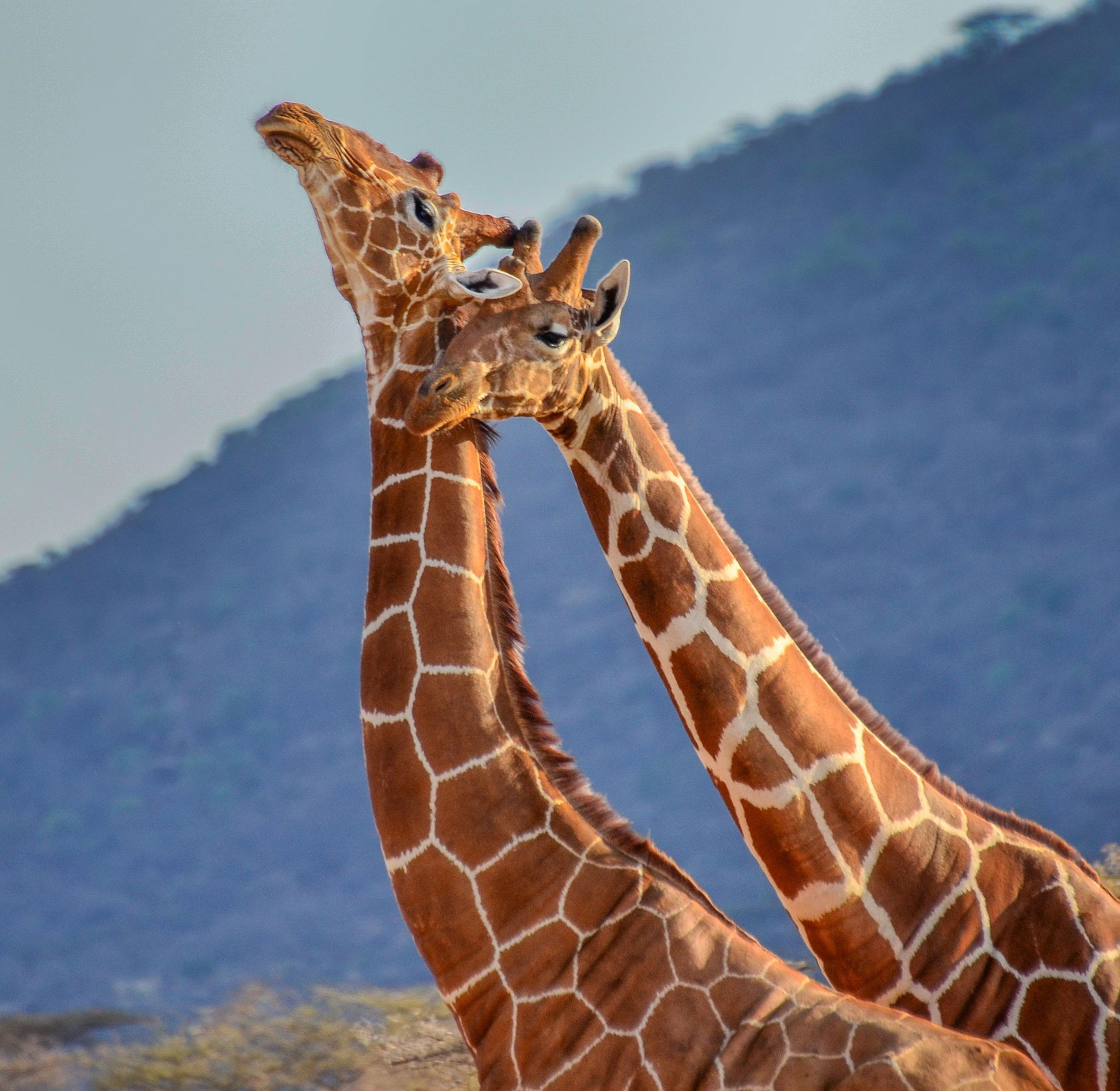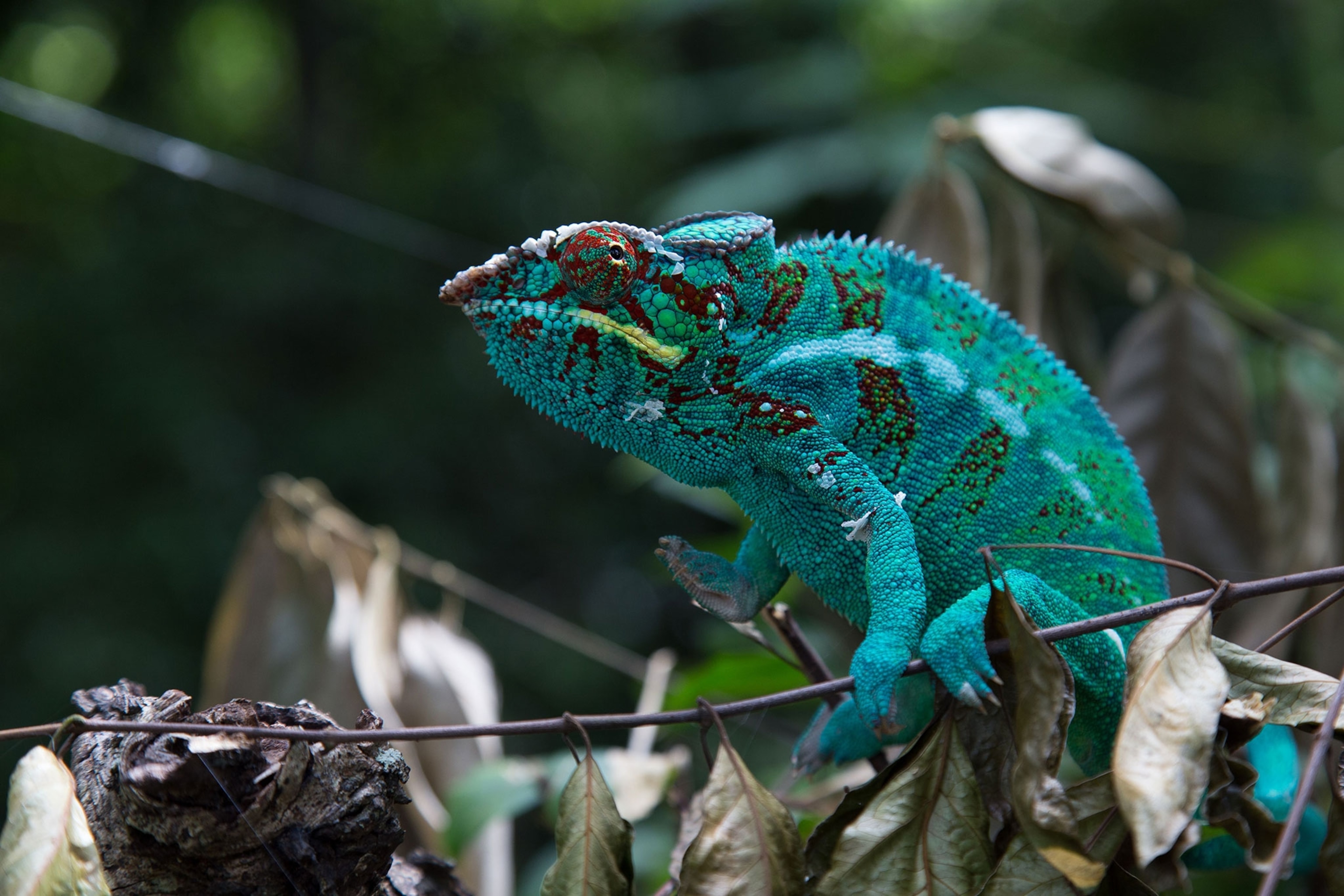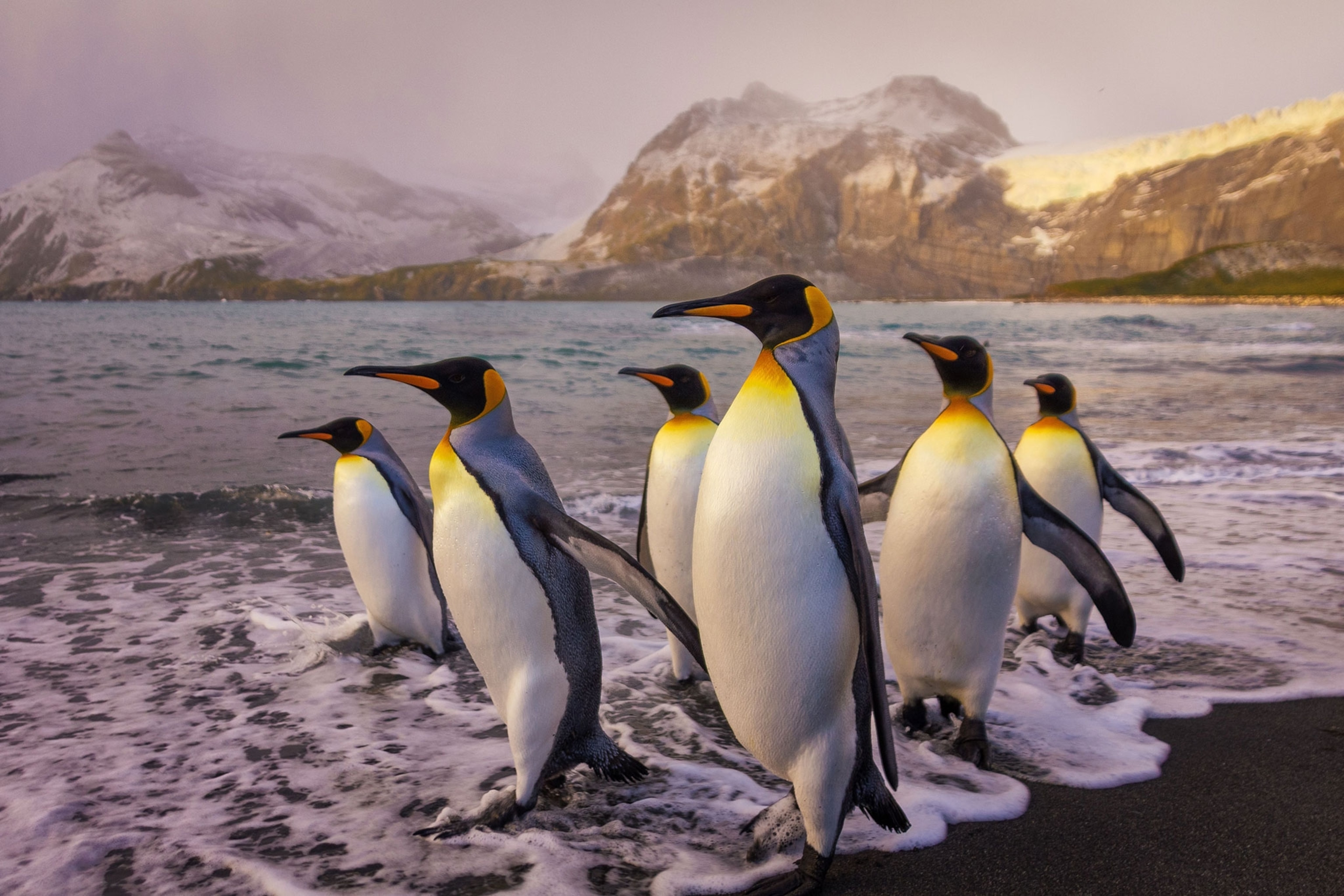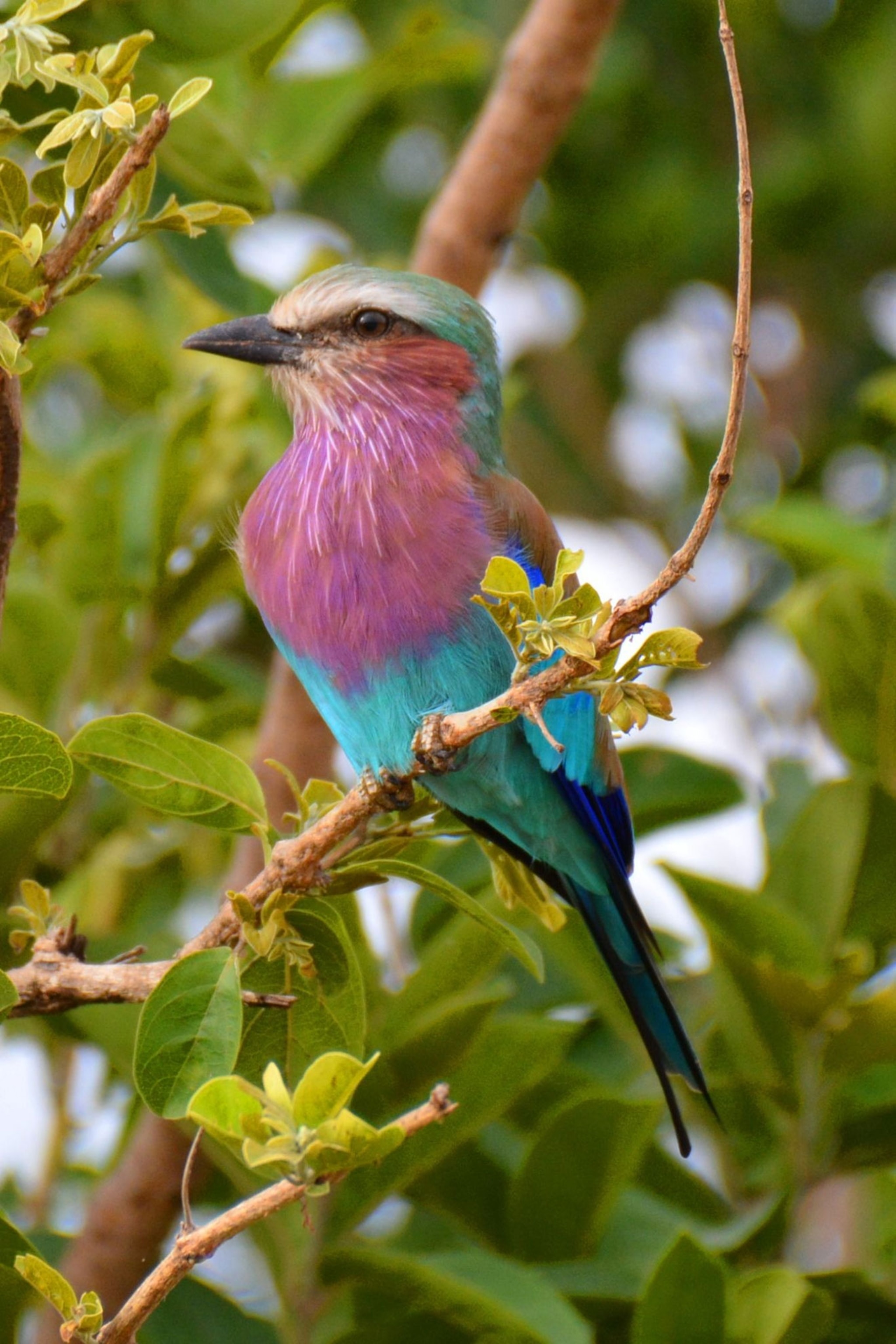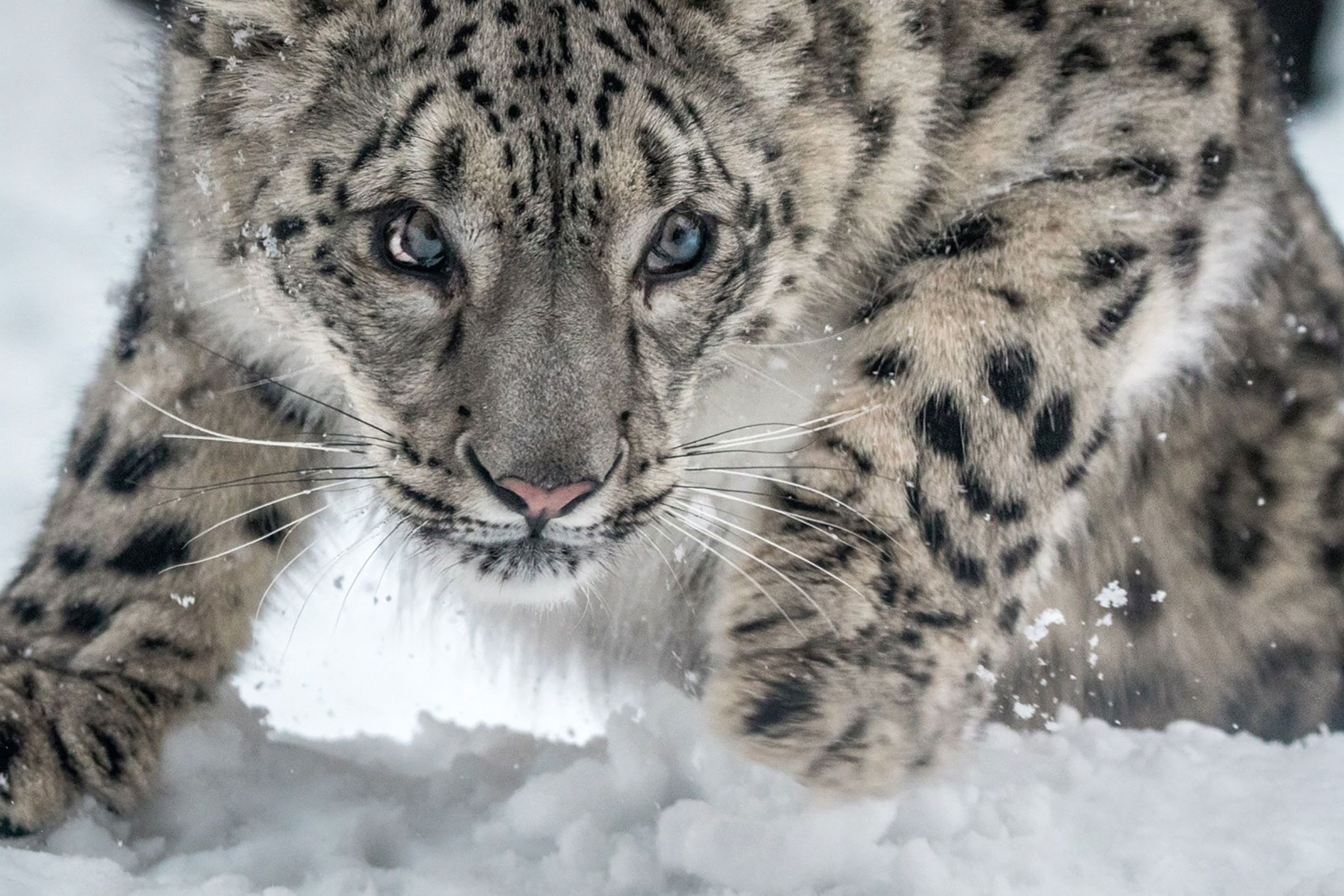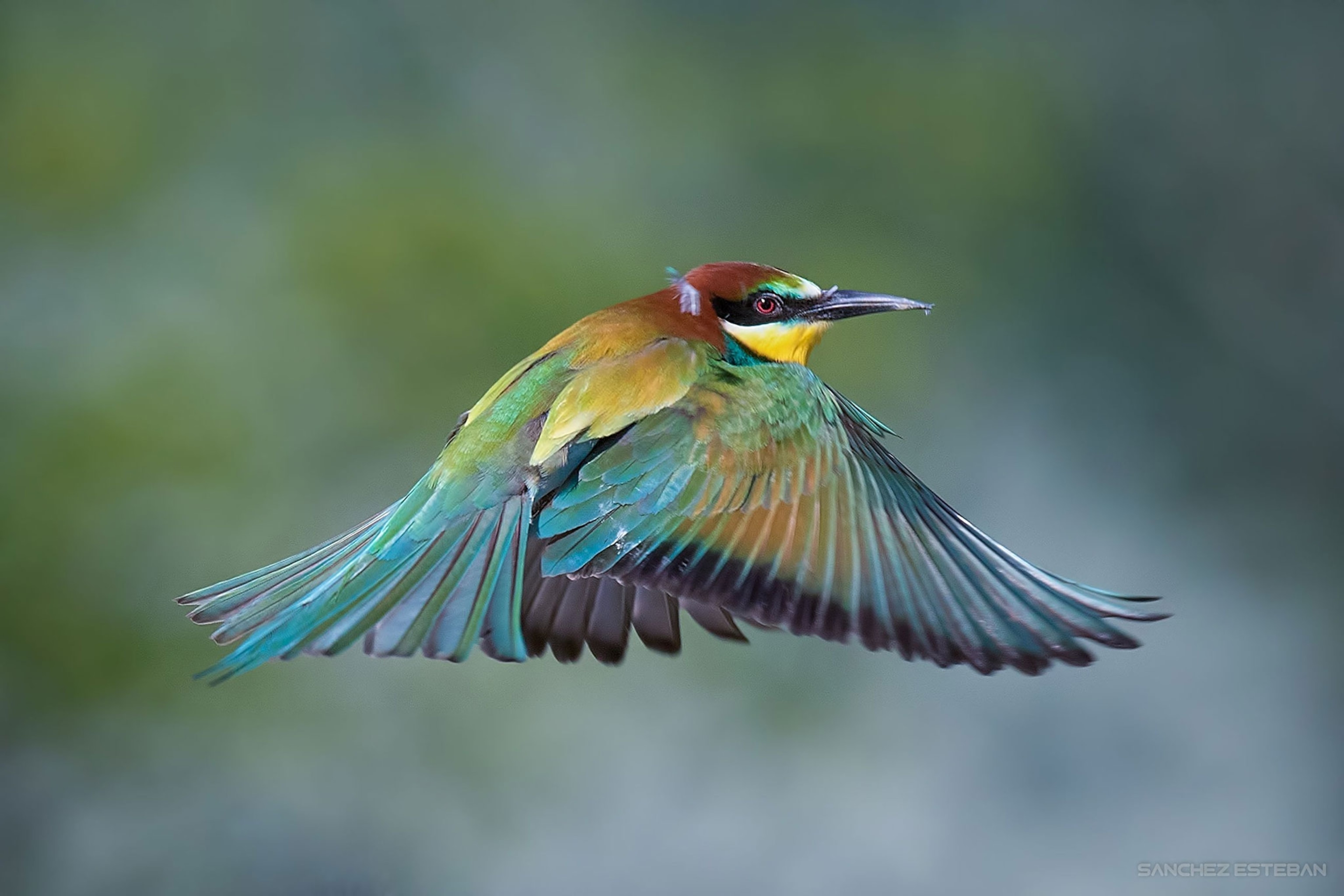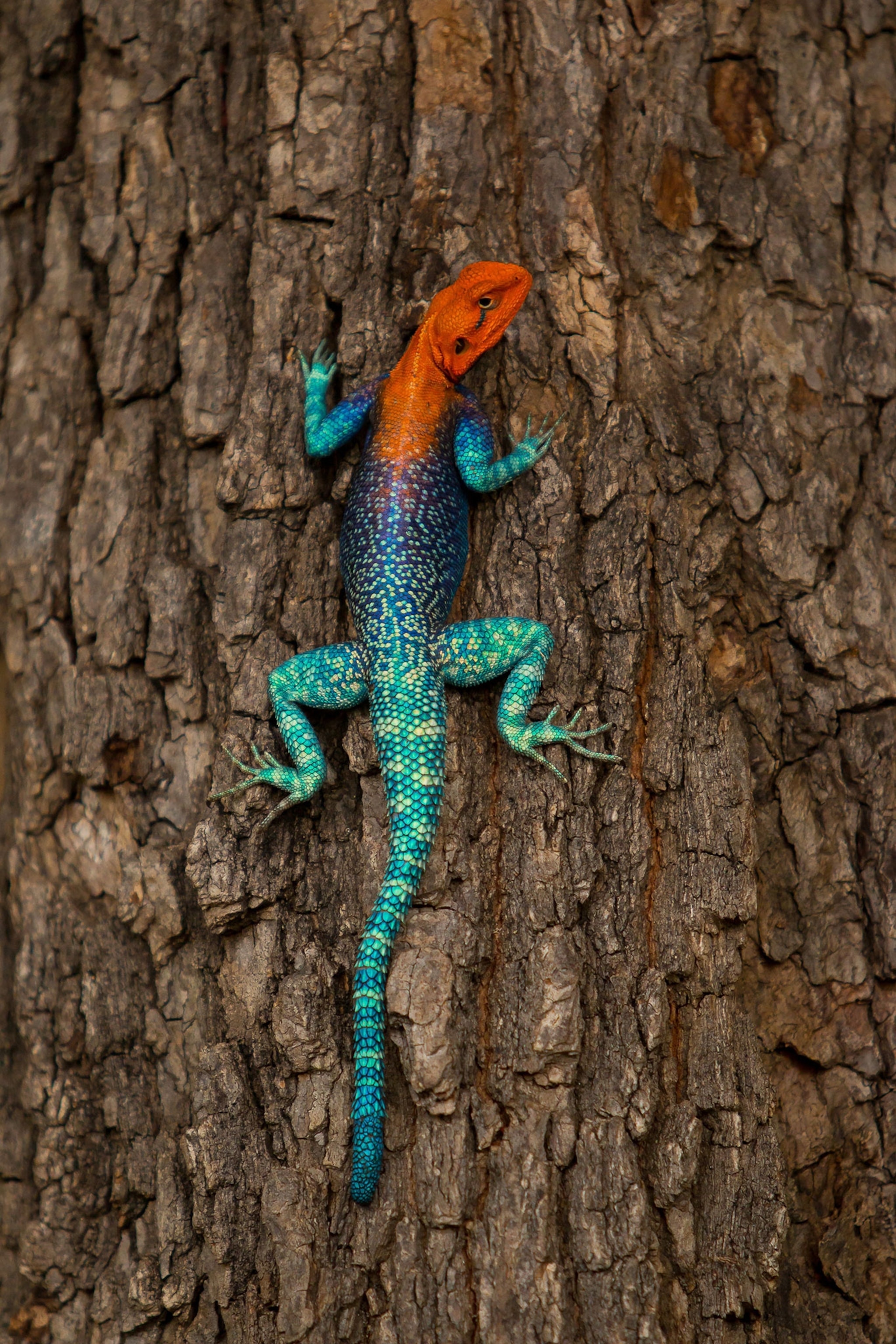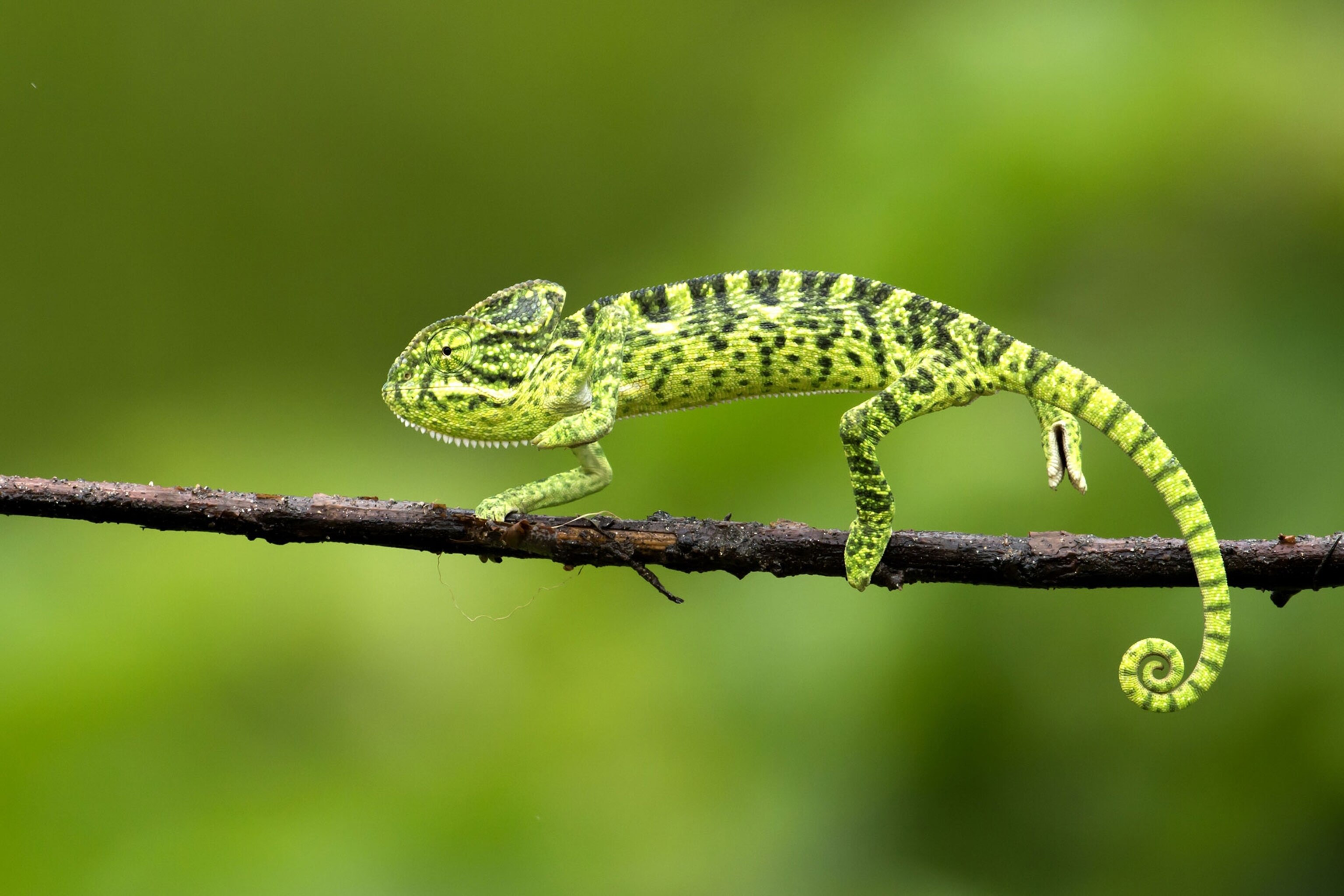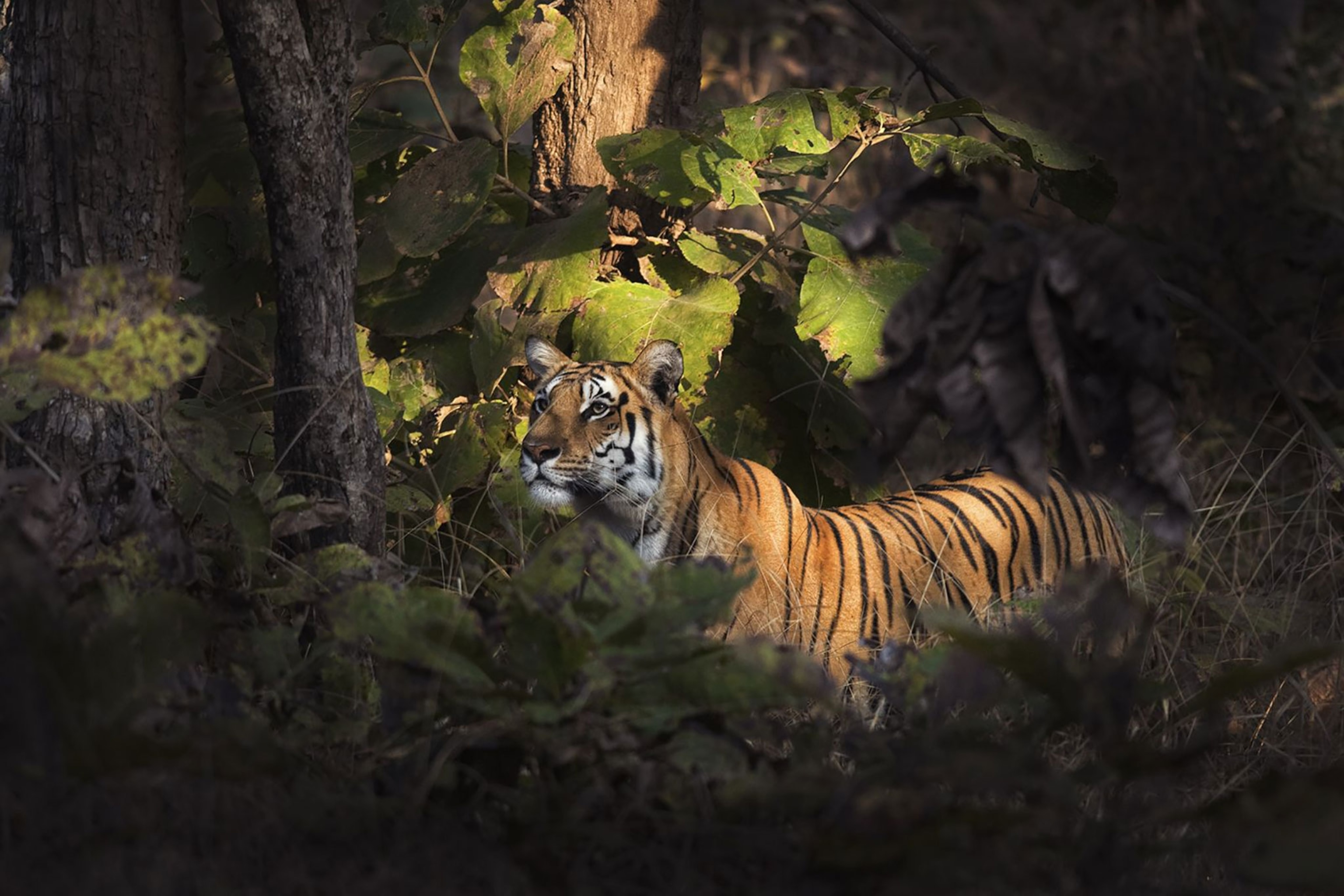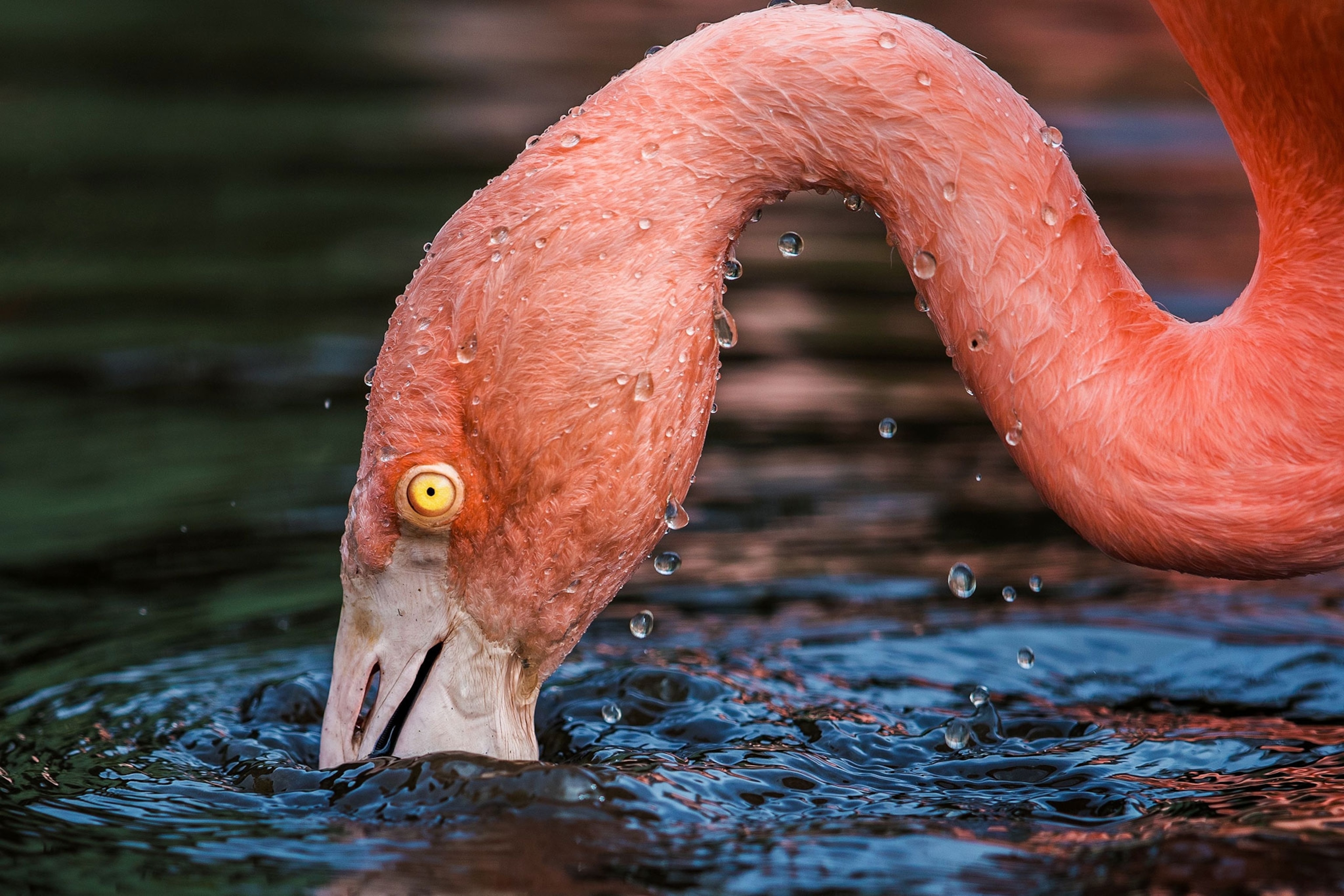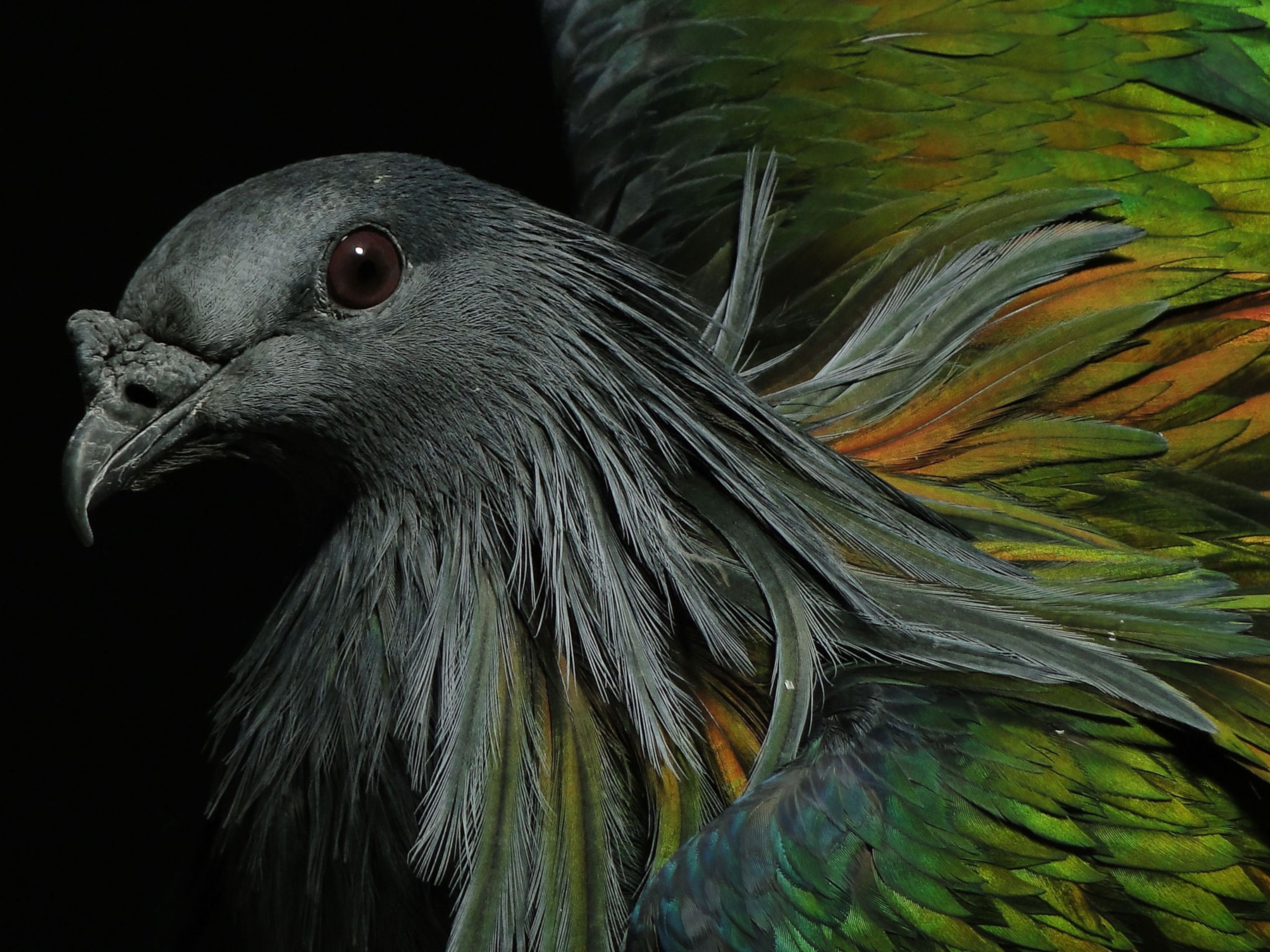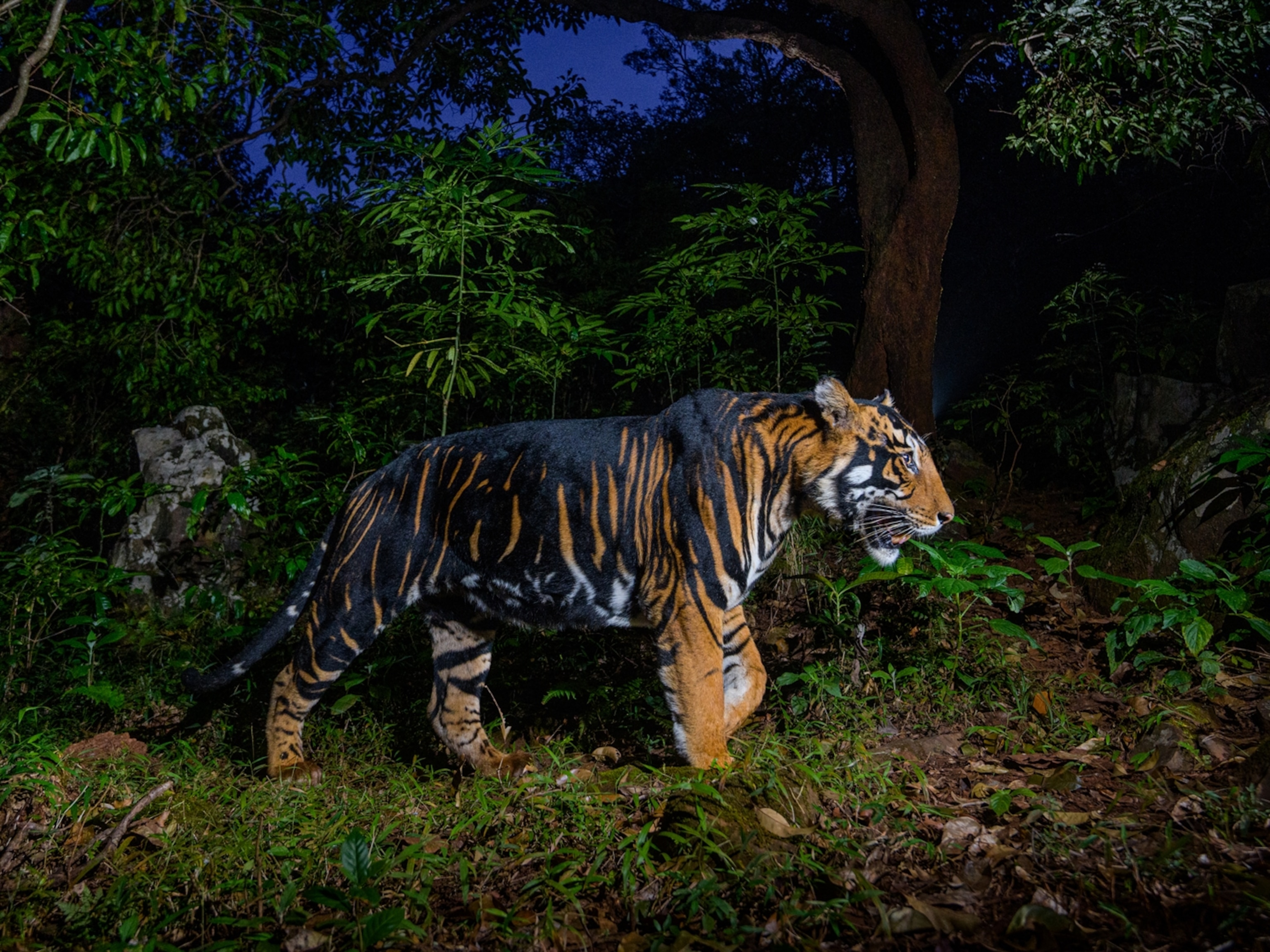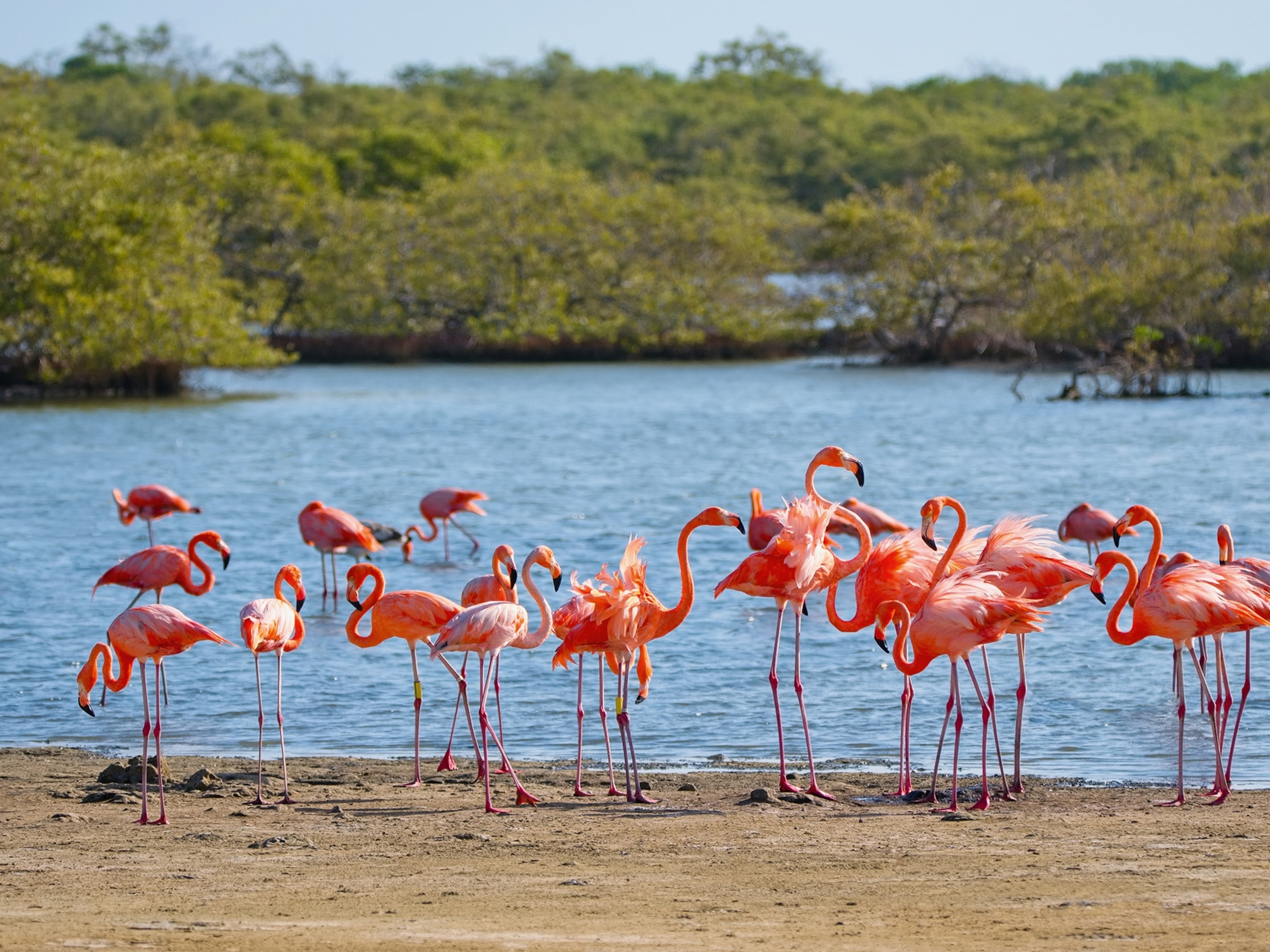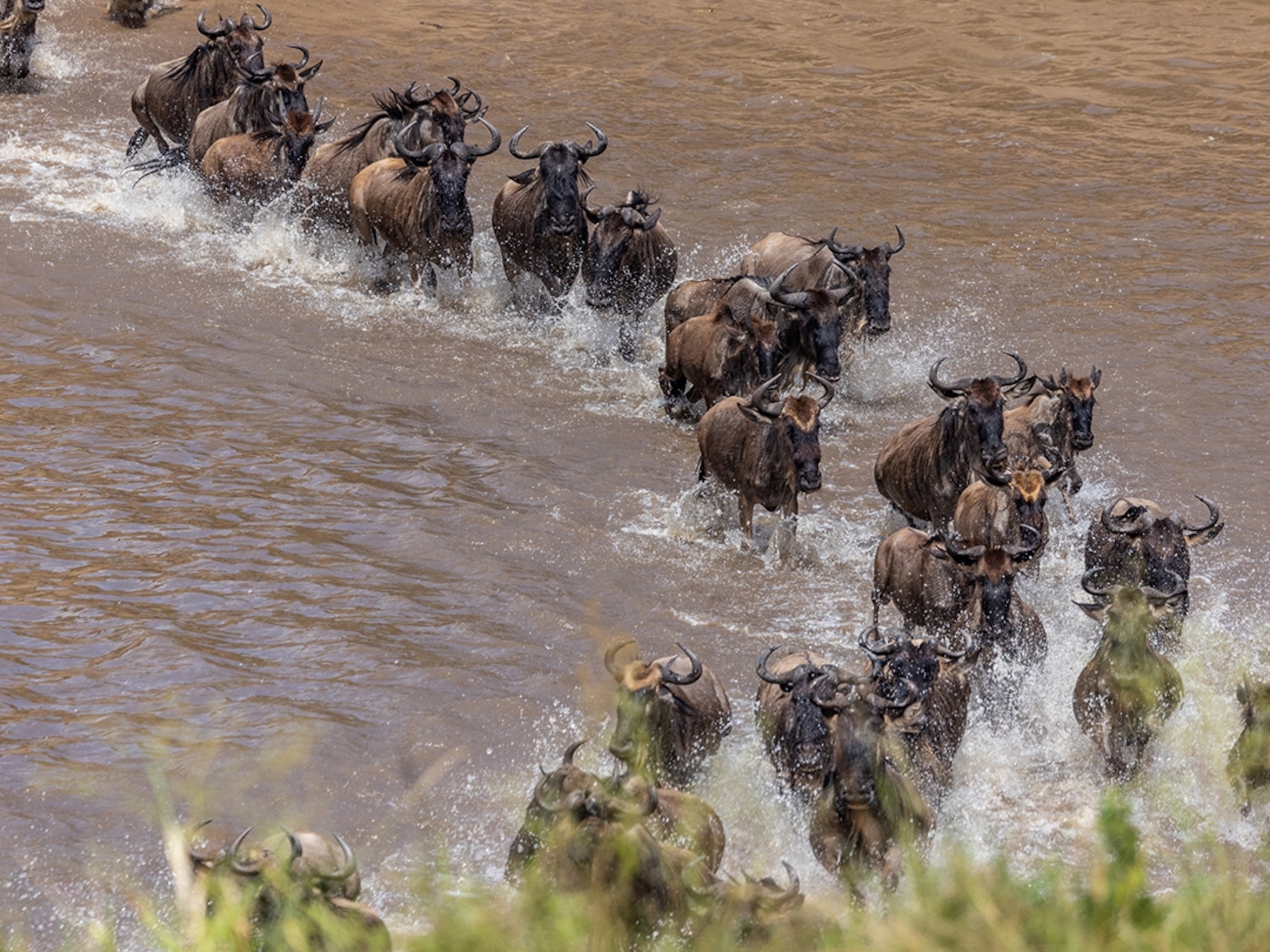Meet Brian the Rescued 'Mini-Kangaroo'
He loves napping and cuddling corn cobs—and he's an ambassador for little-known marsupials of Australia.
Australia is famous for its kangaroos and koalas. But the land down under is also home to many equally adorable—but overlooked—animals.
For instance, the continent is home to more than 378 mammal species, which range from the rain forest-dwelling tree kangaroo to the venomous platypus.
Brian is one of these lesser-known marsupials. He's an eastern bettong—essentially, a mini-kangaroo.
(Unique Among Animals, Kangaroos Use Tail as Fifth Leg, Scientists Find)
"They absolutely bounce around like a kangaroo," says Kate Grarock, an ecologist at the Woodlands and Wetlands Trust, a nonprofit that manages two nature reserves in Australia's capital city. "They're pretty darn fast."
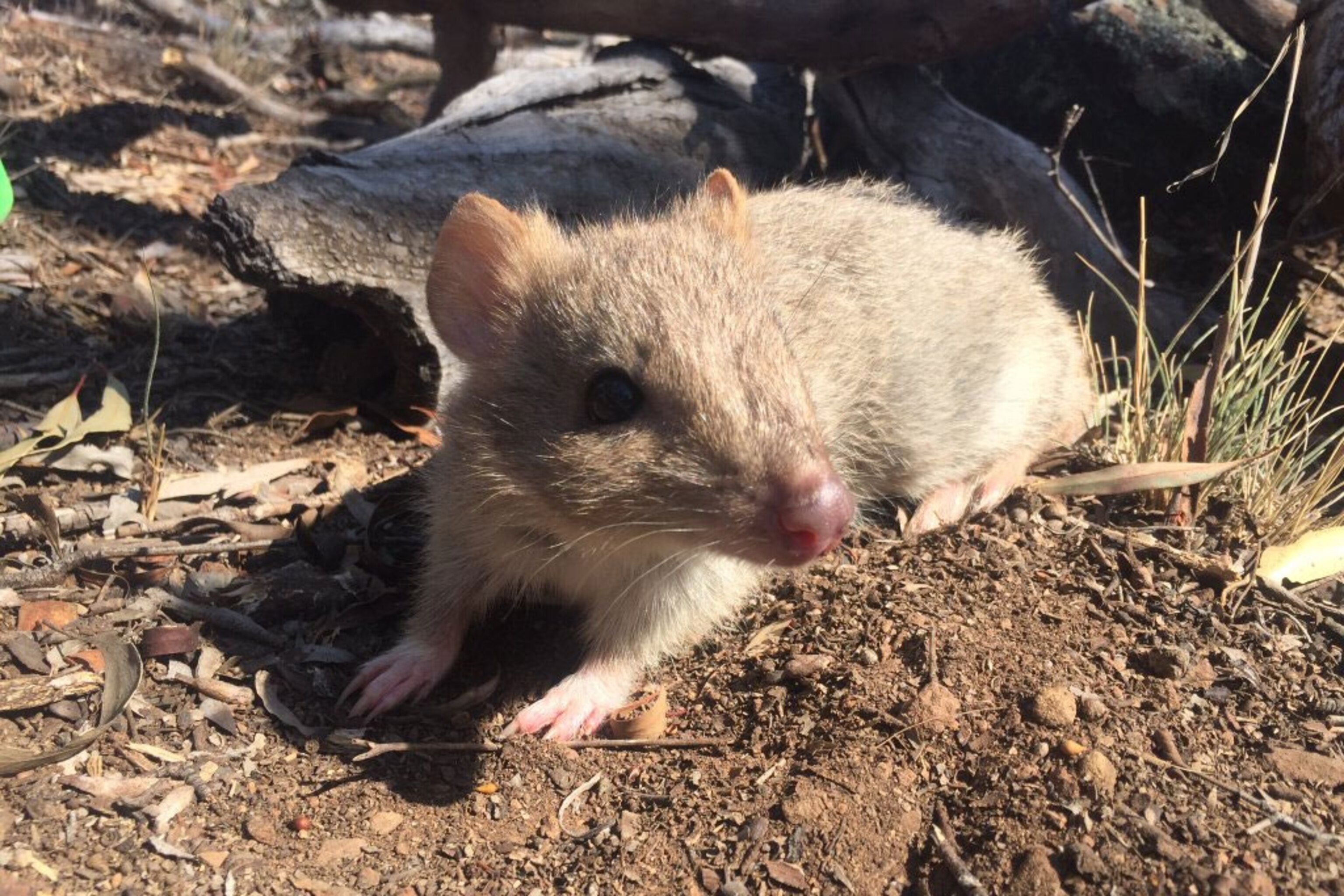
Brian—"our cheeky little spokesman"—was rescued about three years ago, after his mom threw him out of her pouch during a routine health check by biologists, Grarock says. "It doesn’t happen often," she notes. "We always try to reunite the baby with its mother, but sometimes we can’t." (Read about an "extinct" marsupial rediscovered in Australia.)
The furry ambassador visits schools to educate kids about bettongs, which the International Union for Conservation of Nature lists as near-threatened by extinction.
"No one has heard of bettongs. We want to help people fall in love with bettongs as much as we have," says Grarock.
Brian also has his own Twitter page, where he tweets "like a bit of a loose cannon," she quips.
Bouncing Back
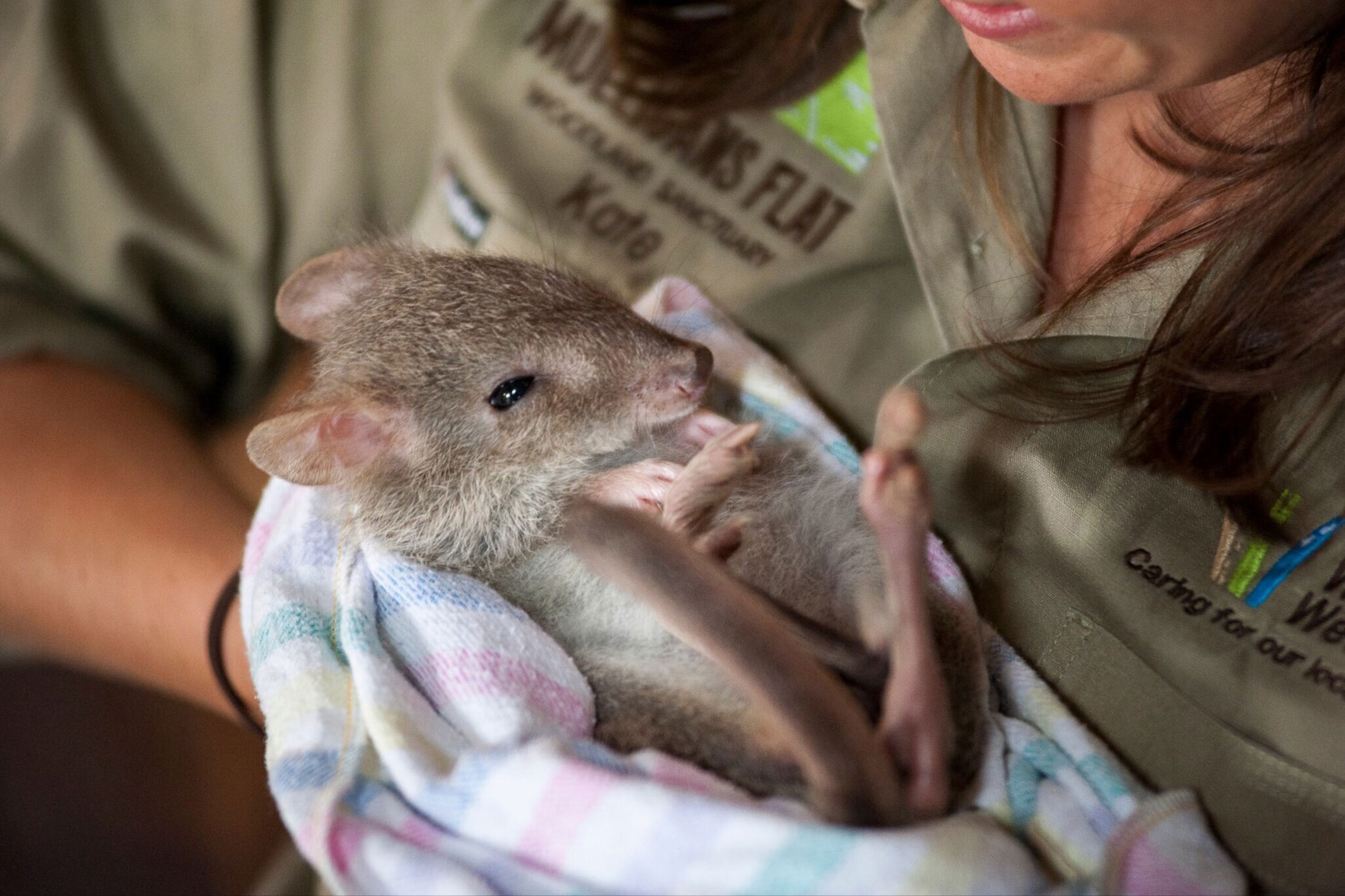
Eastern bettongs once roamed across southeastern Australia, but the introduction of red foxes and feral cats drove them to extinction on the mainland about a century ago.
Luckily, the cantaloupe-size species survived on the island of Tasmania, and in 2012, several bettongs were reintroduced to Mulligans Flat Woodland Sanctuary near Canberra. (Read about the eastern quoll, a cat-size marsupial, returning to Australia's mainland.)
At Mulligans Flat, a special fence encloses an area equivalent to about 900 American football fields. This keeps the hundred or so wild bettongs and other native wildlife safe from predatory foxes and cats.
See 47 Vibrant Pictures of Colorful Animals
Bettongs aren't just cute furballs—they're also hard-working gardeners. The omnivores use their long front claws to dig for truffles—their favorite snack—and the holes they dig make perfect spots for seed germination.
"They also spread truffles around, on their paws and nose and in their poop," explains Grarock. The trees and truffles form a symbiotic relationship, Grarock explains, in which the fungi "tap into the root network" and extend it. This means the trees can absorb more nutrients and water.
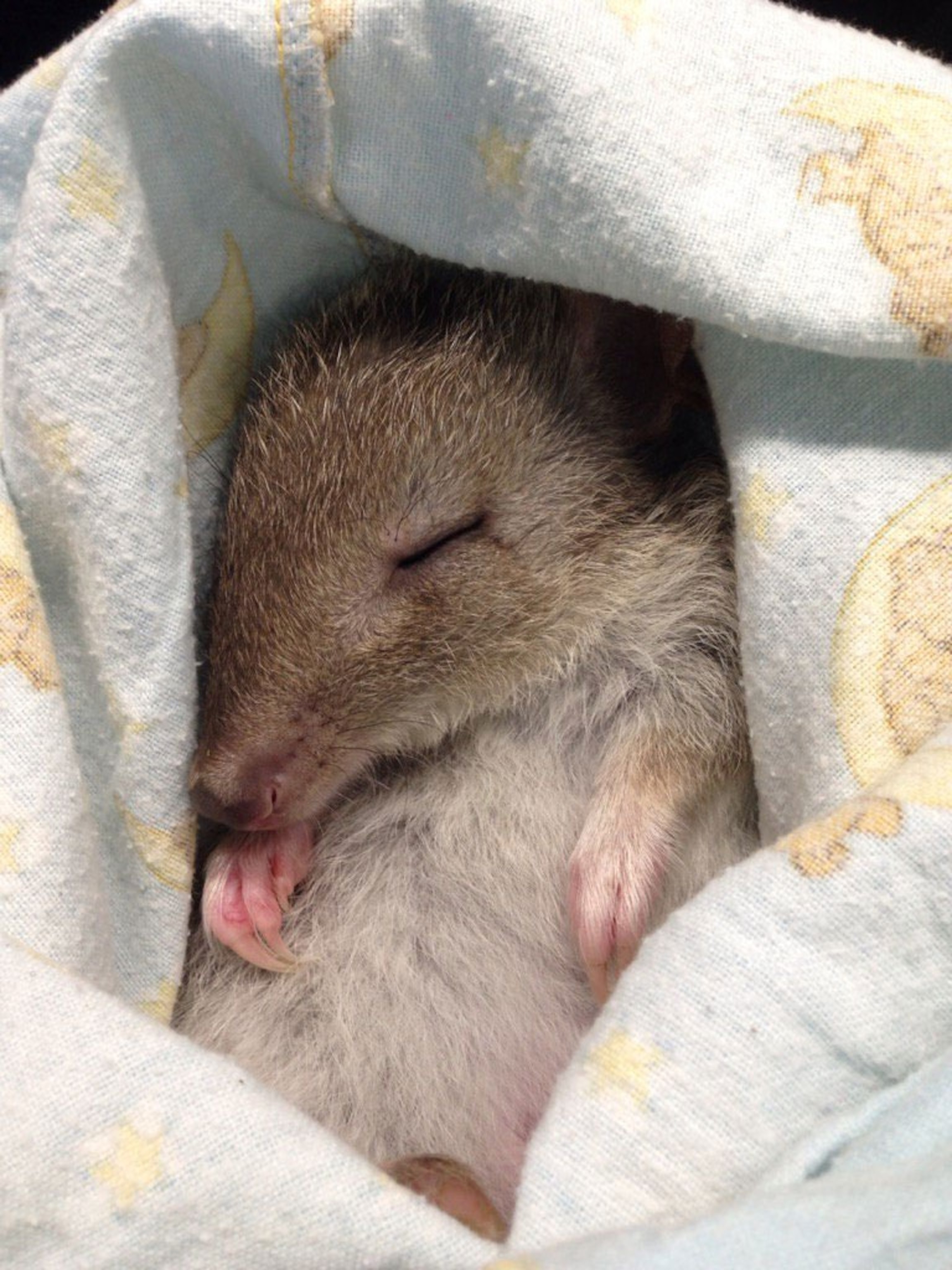
Grarock hopes the staff will soon be able to transfer more bettongs to other mainland nature reserves and into the wild.
Chill Poster Child
Meanwhile, Brian Bettong will continue being the chill poster child for unknown Aussie animals. According to Grarock, "He’s always just hanging out, eating corn and having a snooze in the office."
He's also "less nibbly" than his female counterpart, Berry. "She's cheeky. As soon as a man comes in the room... bang, ankle bitten," Kate says. (Learn how the "world's happiest animal" is recovering in Australia.)
Joking aside, Grarock also hopes Brian is getting the public more interested in Australia's rich biodiversity.
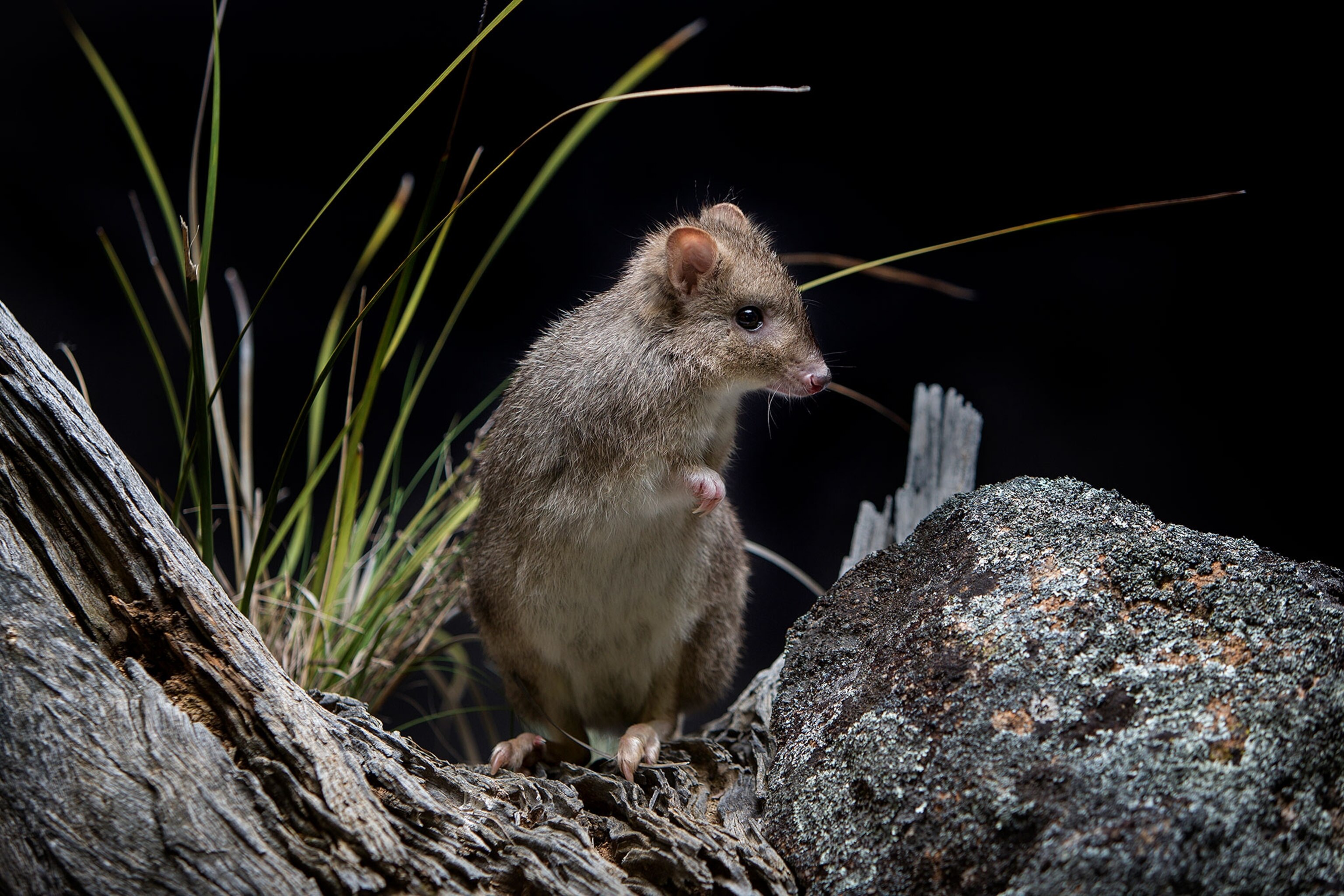
"There are so many animals in Australia that no one has ever heard of, because they’re so threatened," she says.
"It’d be sad if they became extinct without anyone noticing."








